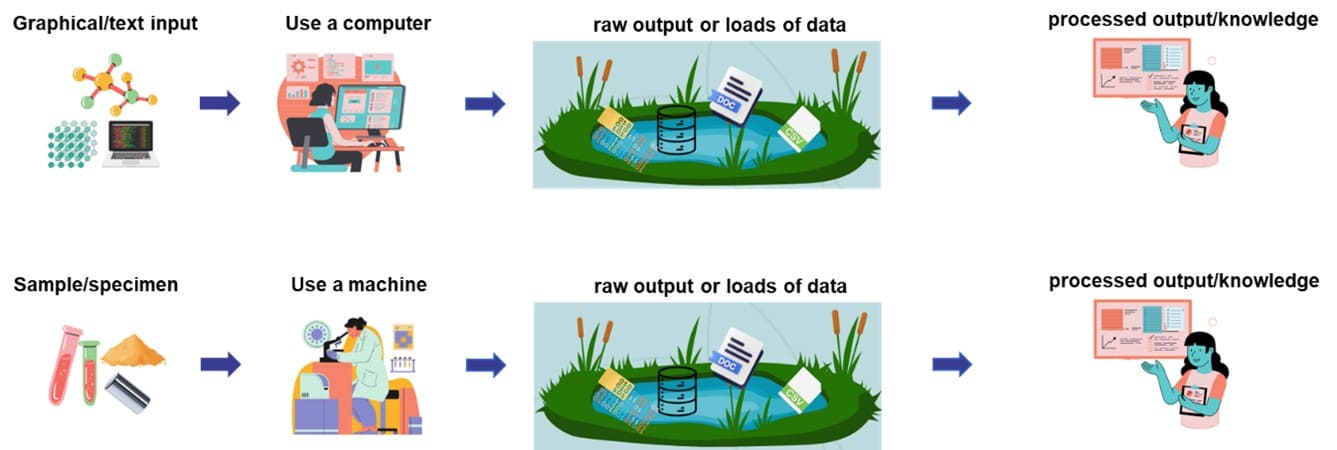MODA & CHADA
The importance of MODA and CHADA
Harmonised documentation is crucial for communication and FAIR data. Both, the materials modelling and the characterisation community have come up with terminologies, classifications and standardised documentation of materials modelling and simulation and characterisation, respectively.
A standardised terminology improves exchanges among experts in the entire area of materials modelling and materials characterisation, and facilitates the exchange with industrial end-users and experimentalists. The common language is expected to foster dialogue and mutual understanding between industrial end-users, equipment manufacturers, software owners, and academic researchers. Standardisation of terminology and classification has been identified as critical to collaboration in and dissemination of European research projects.
In particular, standards will facilitate interoperability between methods and databases. The standardisation is relevant for an integrated technological development and brings benefits for industrial end-users due to simplified and much more efficient communication.
A standardised terminology improves exchanges among experts in the entire area of materials modelling and materials characterisation, and facilitates the exchange with industrial end-users and experimentalists. The common language is expected to foster dialogue and mutual understanding between industrial end-users, equipment manufacturers, software owners, and academic researchers. Standardisation of terminology and classification has been identified as critical to collaboration in and dissemination of European research projects.
In particular, standards will facilitate interoperability between methods and databases. The standardisation is relevant for an integrated technological development and brings benefits for industrial end-users due to simplified and much more efficient communication.
Materials modelling and characterisation are somehow very similar
For materials modelling we require a graphical or text input, use a computer, and then process digital raw data to gain some knowledge. In characterisation, the input is a sample and instead of a computer some machine/devise is used, that also generates digital raw data that needs postprocessing to reveal knowledge.
Characterisation and modelling experts tend to work together on a regular basis, as modelling can explain and/or fit characterisation results, and can replace characterisation when experiments are impossible. Characterisation provides starting structures, parameters, and validation and verification for modelling. To enable a meaningful discourse we offer with MODA and CHADA standardised schemas to describe the related workflows.
